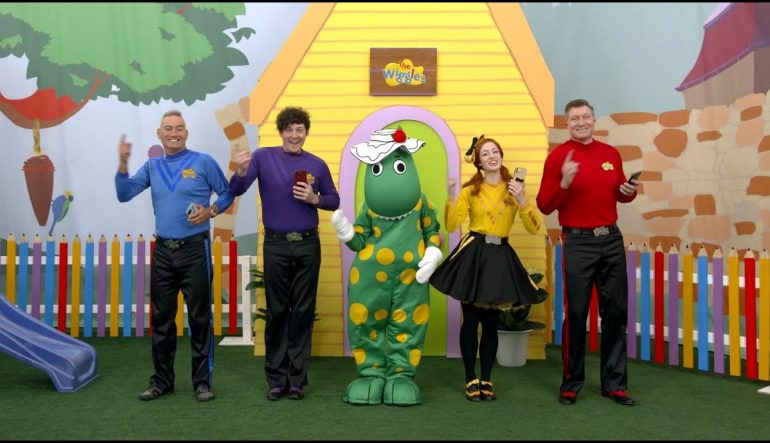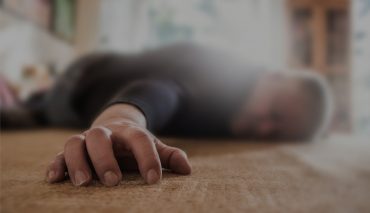CPR-trained kids save lives. That said, how young is too young to teach CPR to kids?
According to St John Ambulance Australia and kid’s supergroup The Wiggles, there’s no such thing as too young.
The audience for The Wiggles: The St John Triple Zero Song (000) hasn’t yet started school.
For St John, this is on purpose. Its Youth Engagement program has reached more than 1 million students across Western Australia with age-specific first aid classes for schools, community groups, and early childhood learning.
Why is this a thing?
We’ve looked previously at Denmark’s national CPR education program for schools.
Within five years of its introduction, one out of every two out-of-hospital cardiac arrests (OHCA) were attended by a first responder who wasn’t a medical professional.
Within ten years, people in Denmark who suffered an out-of-hospital cardiac arrest were three times more likely to survive.
RELATED ARTICLE: Doing it for the kids
These results show that teaching CPR to school students delivers a generational step change in community preparedness to respond to sudden cardiac arrest.
This goes beyond ensuring a higher percentage of communities have the training. It is also about reaching people at an age when the knowledge and skills are more likely to become habit.
This 2020 study investigated the impact of teaching CPR in schools in Slovenia. It concluded that early CPR training for children is crucial, and should be made mandatory in all schools.
Another study, this one from Germany, found that teaching CPR to fifth-grade students delivered resuscitation skills that “stuck” even years after the initial training.
There are many parts of the world where CPR and first aid training is offered in schools.
Most of the UK, for example, offers CPR training within secondary school curriculums.
In other parts of the world where CPR training isn’t standard in schools, many not-for-profit organisations are working hard to make it so.
In the US, for example, the American Heart Association offers CPR in Schools Training Kits to improve CPR literacy among elementary and secondary school-aged children.
Organisations like these found themselves fielding a massive increase in enquiries earlier this month.
Immediately following Danish footballer Christian Eriksen’s on-field cardiac arrest during a Euro 2020 match, Google searches for “how to do CPR” multiplied by a factor of 45.
These organisations will be hoping for a lasting impact that translates into higher CPR training participation rates, and greater awareness of AEDs (automated external defibrillators).
The Wiggles have set the benchmark for integrating CPR training into kid’s popular culture. From there, greater adoption in school curriculums should go without saying – because CPR-trained kids save lives.



